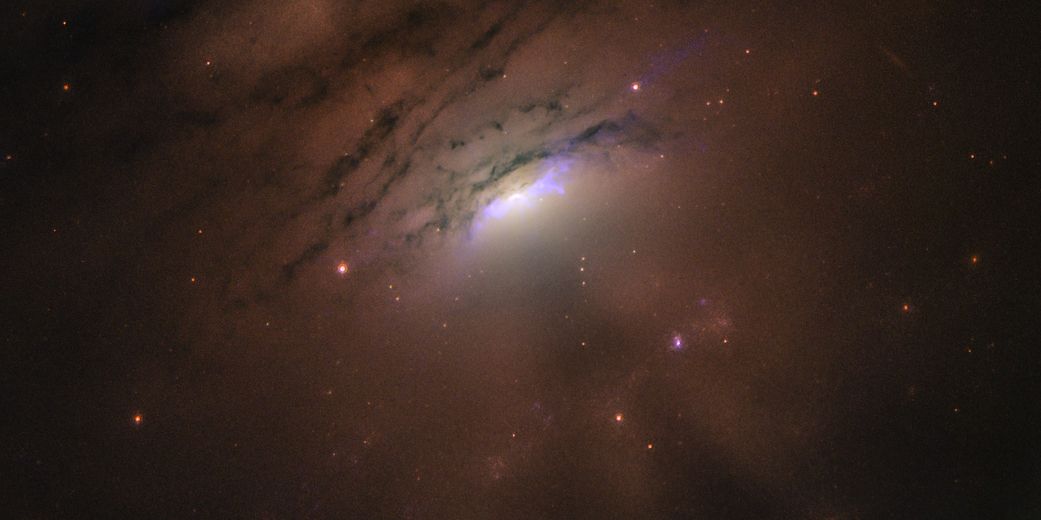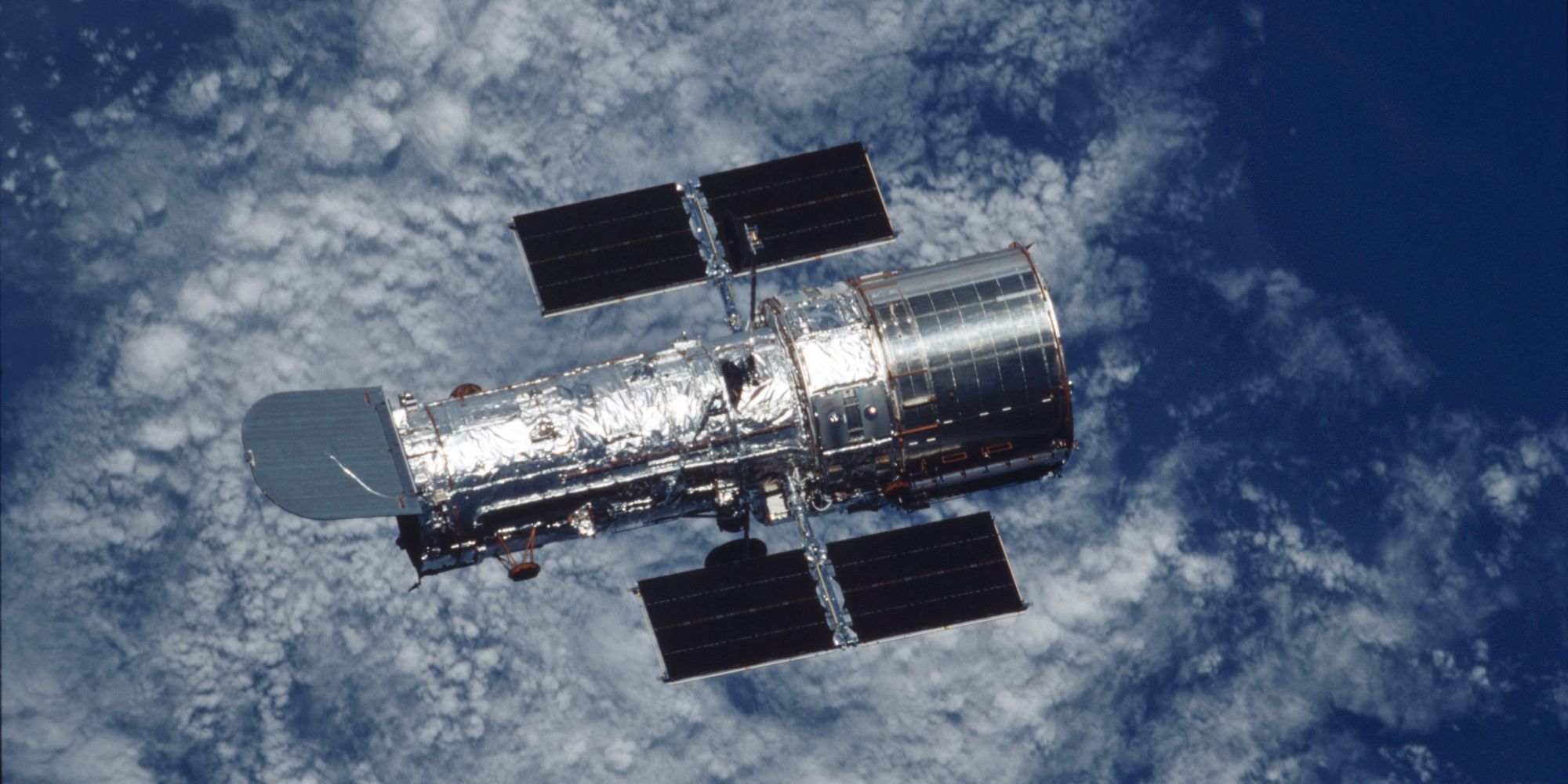NASA just shared a new image from its Hubble telescope, showcasing a faraway galaxy that's casting massive shadows in space. This photo is being released just under two weeks since NASA revived Hubble after a month-long outage. In June, the space organization reported an issue with Hubble's payload computer that caused it to go offline. NASA spent the following month working to resurrect Hubble, and on July 16, it was confirmed that Hubble was back.
Launched in 1990, the $2.5 billion telescope has proven to be one of NASA's most valuable assets for space exploration. It's made more than 1 million discoveries in its 31 years of operation, including hallmark ones like calculating the universe's age and finding new moons near Pluto. Hubble has also captured numerous images while orbiting above the Earth, all of which are stunning for their own reasons. Earlier this month, NASA shared photos of two mysterious galaxies that are hundreds of light-years away.
Following that, NASA has returned with another gorgeous Hubble image. It was originally captured in 2019 with Hubble's Wide Field Camera 3 and Advanced Camera for Surveys, but it's just now being shared by the team. Looking at the photo, it's nothing short of impressive. It shows a bright galaxy, numerous surrounding stars, and huge shadows being plastered against space. The galaxy in question is referred to as IC 5063 and is 156 million light-years away from Earth.
How This Galaxy Is Casting Shadows In Space
Shadows are a common occurrence on Earth, but how do they happen in space? As NASA explains, the science behind it is actually very similar. At the heart of galaxy IC 5063 is a supermassive black hole. After studying the picture, astronomers have suggested that dusty material surrounding the black hole is what's likely causing the shadows seen above. Per NASA, "The interplay of light and shadow may occur when light blasted by the monster black hole strikes the dust ring, which is buried deep inside the core. Light streams through gaps in the ring, creating the brilliant cone-shaped rays. However, denser patches in the disk block some of the light, casting long, dark shadows through the galaxy."
This isn't unlike how light from the Sun hits Earth's clouds during a sunset, thus creating its own light rays and shadows. However, the main difference with the shadows being cast by IC 5063 is that they're 36,000 light-years long. This isn't a galaxy humans will be able to visit any time soon, acting as another reminder of why Hubble is such an impressive tool. Whether it be this specific photo or the countless others it's taken over the years, it's offering glimpses of space that would have otherwise remained a total mystery.
Source: NASA


